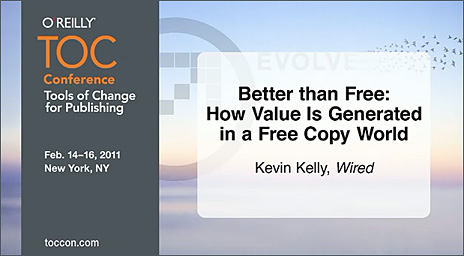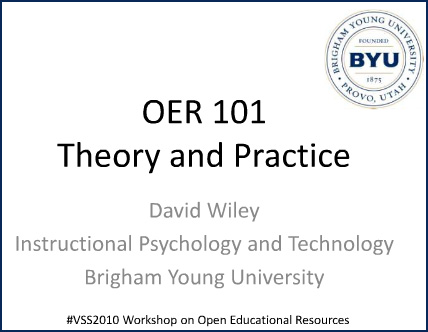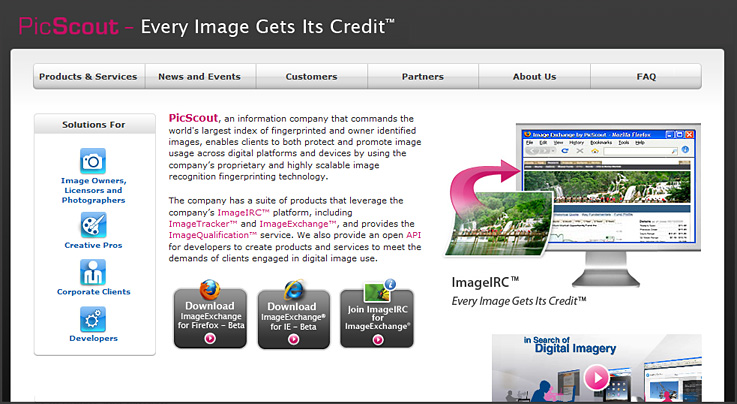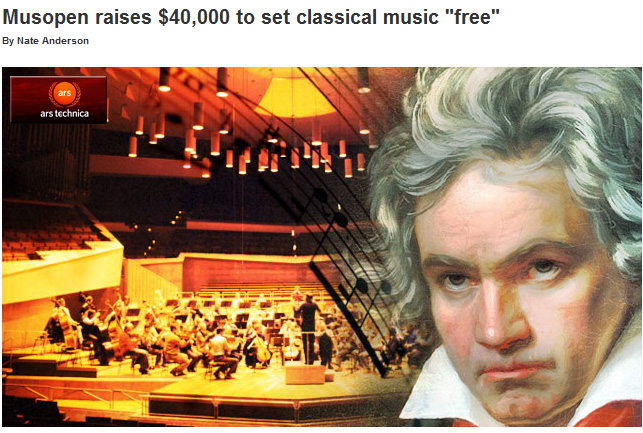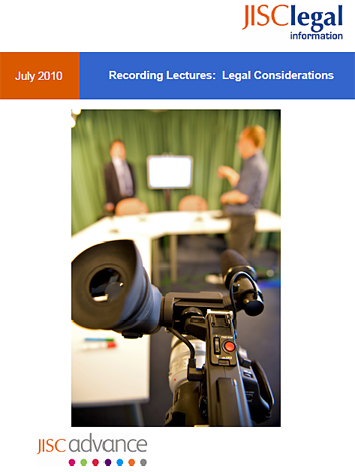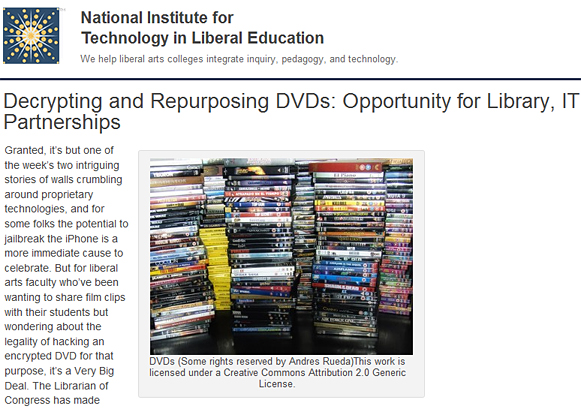The Copyright Rebellion — from The Chronicle
New lawsuits and policies have hobbled teaching and research. Now scholars are pushing back.
Chronicle illustration by Bob McGrath
The digital age was supposed to put information at our fingertips. Books and data and images on an Internet browser would be just a click away.
Instead, scholars are being denied access to millions of books. Images are not being distributed. Two major universities face lawsuits by book and video publishers for using digital copies in courses. And the U.S. Congress has placed behind the wall of copyright many items that used to be in the public domain.
Also see:
- Libraries and Copyright in a Digital Age — from Academic Impressions










